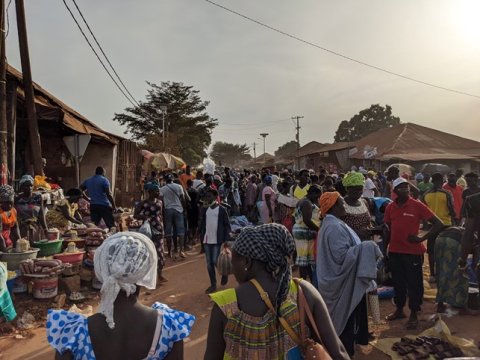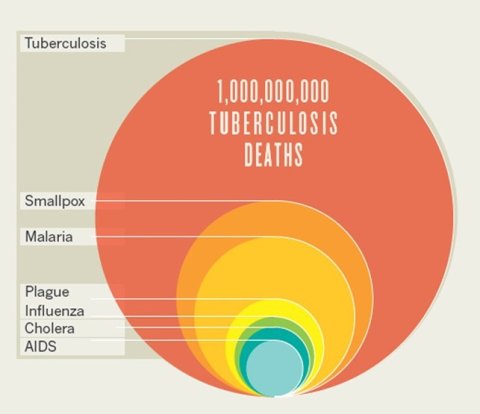BCG is protective against death in male but not female patients with pulmonary tuberculosis in Guinea-Bissau

Dr Anders Solitander Bohlbro and colleagues recently published an article in Transactions of The Royal Society of Tropical Medicine and Hygiene which looks at how ‘BCG is protective against death in male but not female patients with pulmonary tuberculosis in Guinea-Bissau’. To coincide with its publication, Dr Anders Solitander Bohlbro has written this blog which takes a look at the study and its results.
With an epidemic traceable to 9,000 years ago and an estimated death toll of one billion in the last two hundred years alone, tuberculosis (TB) has caused immeasurable suffering. Even today, apart from the current COVID-19 pandemic, no infectious disease is a bigger threat to global health than tuberculosis. Indeed, an estimated one quarter of the World’s population is infected with Mycobacterium tuberculosis (Mtb), the causative agent of tuberculosis, and in 2021 1.6 million people lost their lives to active TB. Given this fact, there is an urgent need to develop effective strategies to combat the TB epidemic.
Even so, despite recent developments, only one vaccine targeting Mtb is currently on the market – the Bacille Calmette-Guérin (BCG). While this vaccine has been in use since the 1920s, its efficacy is still debated. However, it may be that BCG not only protects against developing TB but modulates the course of the disease. Additionally, research from our colleagues in Bissau and elsewhere have shown it to have beneficial effects beyond protection against TB (non-specific effects).
At the Bandim Health Project in Guinea-Bissau, we have been following a cohort of patients with TB within a defined study area in the capital Bissau since 2004. We also follow the background population within this area with regular censuses. This provides a unique setup for clinical and epidemiological research on tuberculous disease in a low-income setting with a high burden of TB.
One characteristic of TB is the sex disparity in its epidemiology. Globally, almost twice as many males as females develop active TB. In a recent study, published in the TRSTMH, we argued that at least in our setting this was more likely to be due to biological factors than notification bias. In our most recent study, published this month also in the TRSTMH, we wanted to investigate if vaccination with BCG modulates the course of disease in our cohort of patients with TB. Using mortality statistics, we compared patients who had the characteristic BCG scar with those who did not. Moreover, as recent studies have shown that the beneficial non-specific effects of BCG correlate positively with scar size, we decided to compare groups further by scar size. Finally, we wanted to see if there were differences between the sexes in any effect we might find.

The results were surprising. Even though BCG vaccination in Bissau occurs mainly in childhood and efficacy of BCG is thought to last 10 years, we found that BCG did in fact reduce mortality in our adult patients with TB and that larger scars trended towards more robust protection. Even more surprising, this effect was only present among males. On the contrary, females with smaller scars trended towards higher mortality while those with large scars had no effect at all. This protection by BCG vaccination against death in male but not female patients with TB appears to run entirely counter to of other studies of sex differences in immunity to TB, which usually favor females.
Unfortunately, we do not know the mechanisms that allow BCG vaccination to modulate disease course seemingly beyond its efficacy against infection. Nor do we know why this is only so for males. However, elucidating this could help us understand why sex differences are so pervasive in TB, how immunity to TB can be modulated, and ultimately lead to better vaccine development to help combat one of the oldest and deadliest diseases in the history of human epidemics.
The author

Anders Solitander Bohlbro is a medical doctor and research scientist affiliated with the Bandim Health Project in Guinea-Bissau, the Department of Infectious Diseases at Aarhus University Hospital, and the Department of Public Health, Aarhus University. Currently a resident at the Department of Neurology, Rigshospitalet, he has conducted clinical and epidemiological research on tuberculosis in low- and middle-income countries and is currently working on a project concerning the microbiome and tuberculosis.
